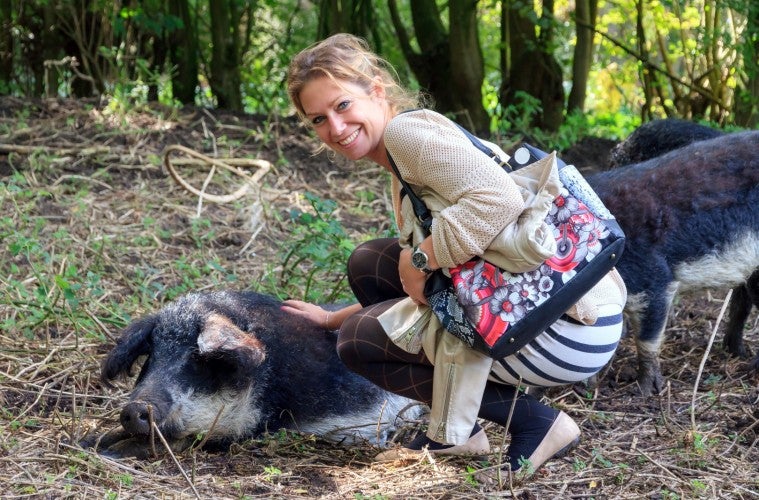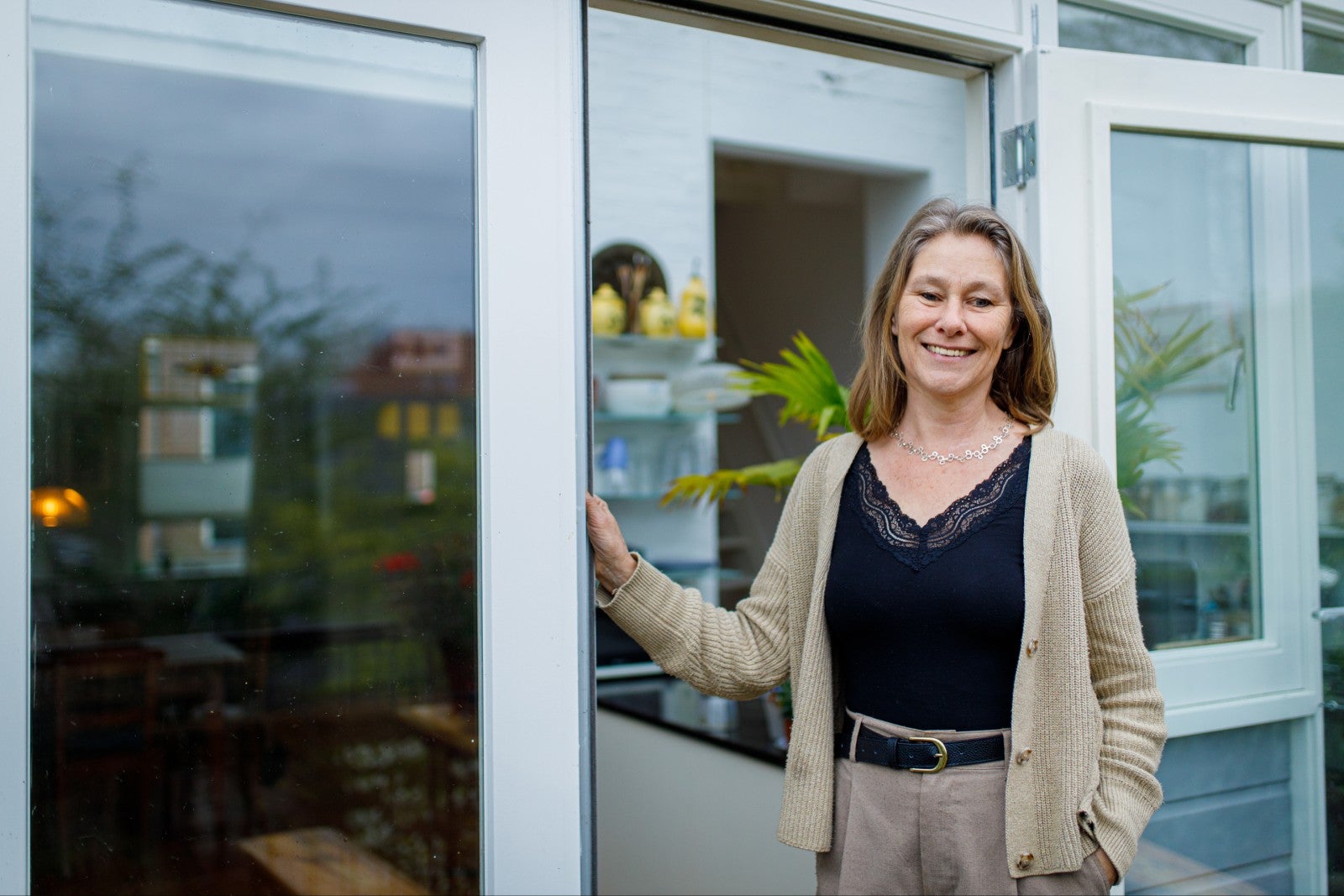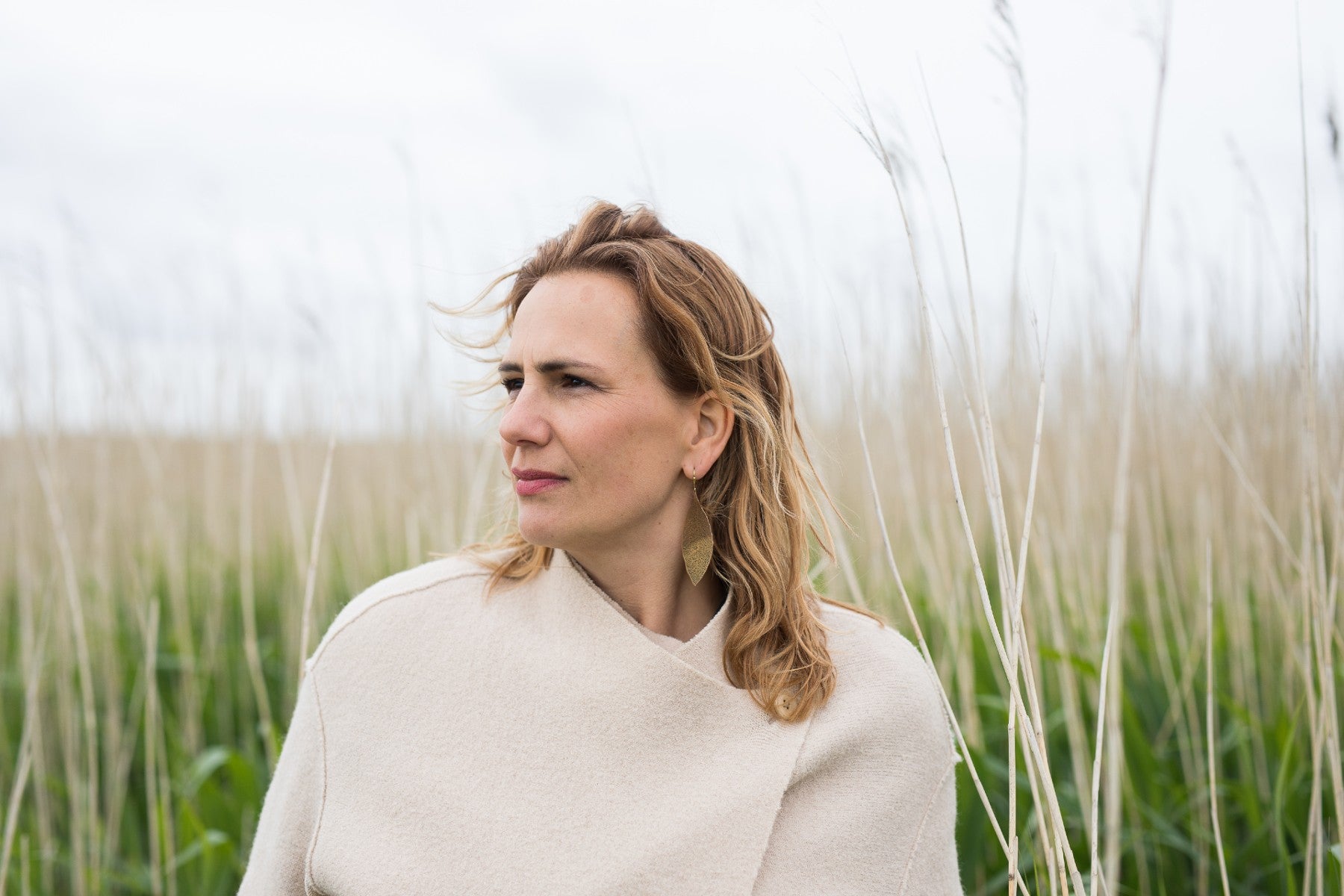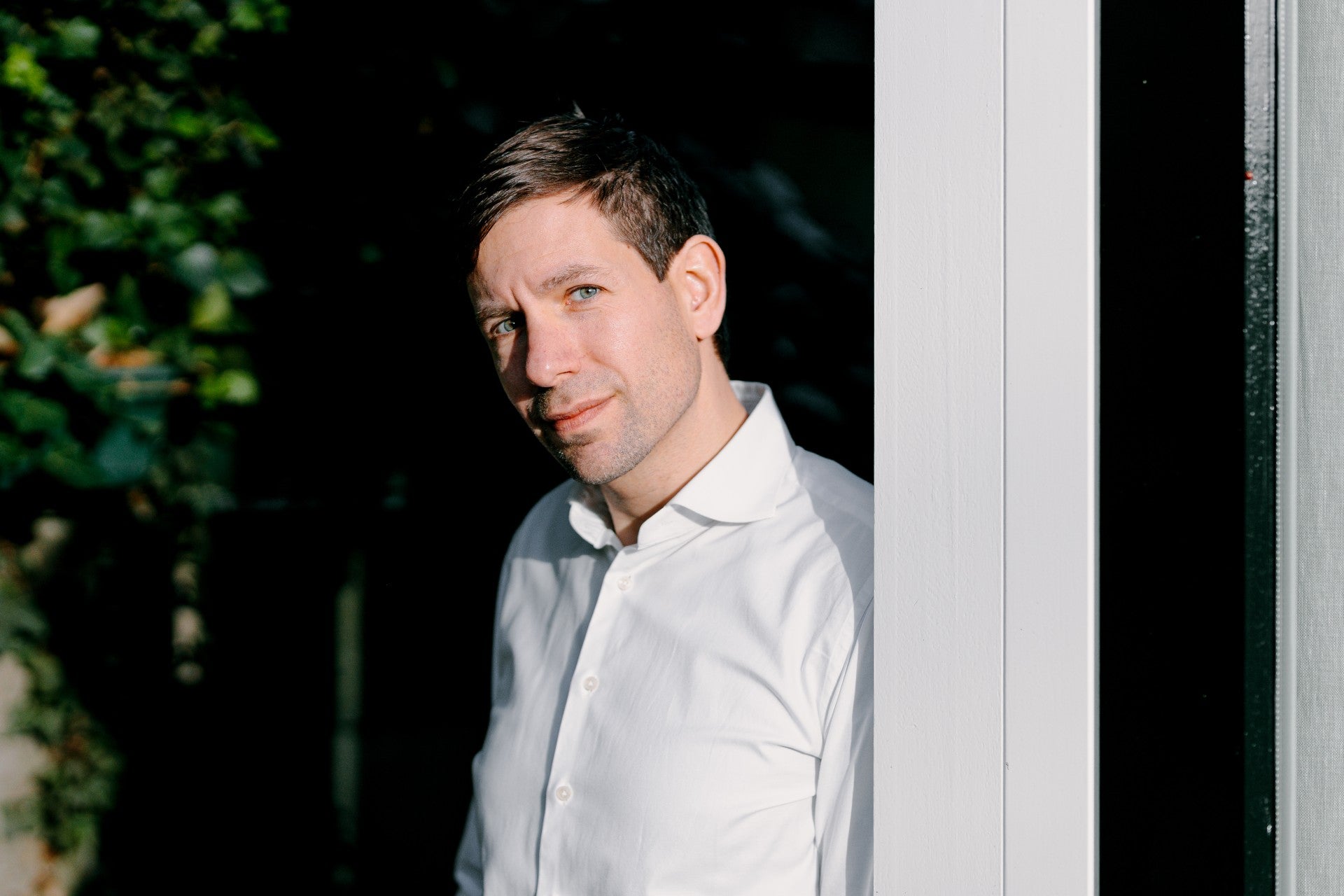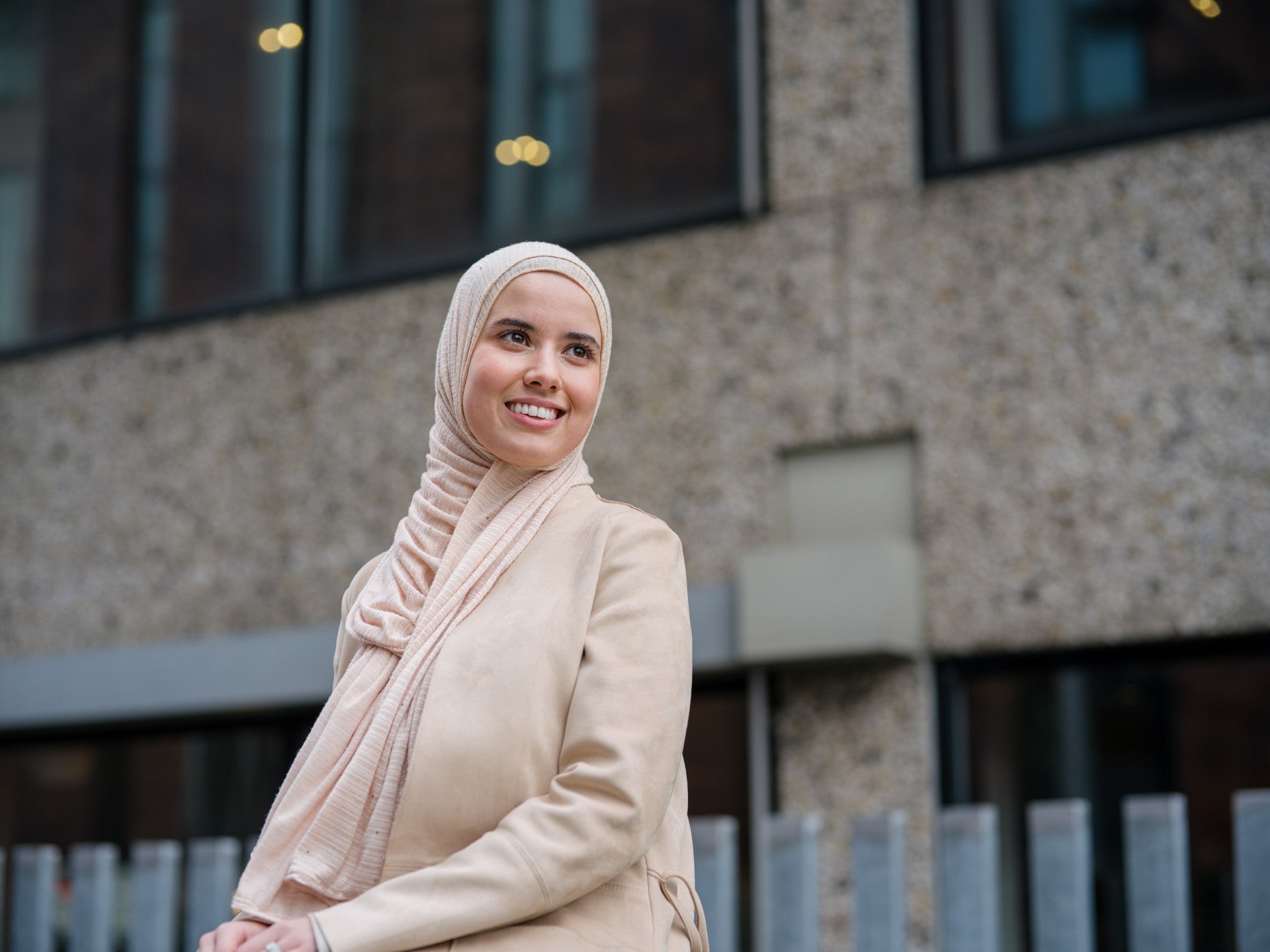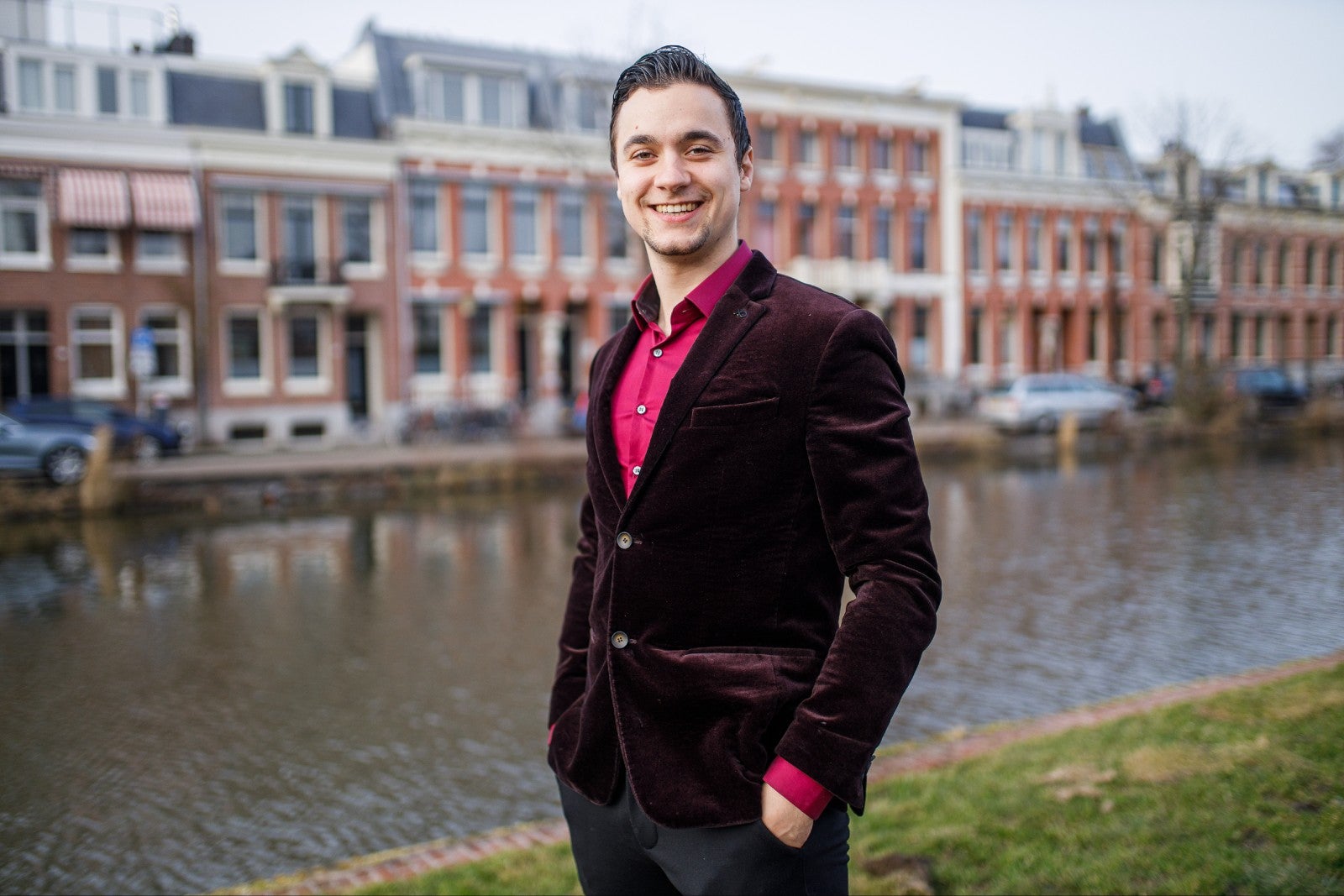Mirte Bosse breezes through the building like a breath of fresh air as she arrives for the interview. The ecologist – not your standard khakis and butterfly net – earned her PhD. cum laude in pig genetics, and currently studies the genome of the Great tit. She is well on her way to realising her great ambitions. ‘I want to help prevent animal species from being threatened with extinction.’
What is the biggest misunderstanding about genetic research? “People are frightened of genetic research. That may be due to the unjustified association with genetic manipulation. I try to correct that image. Genetic research contributes to nature preservation through better breeding programmes, and could help endangered animal populations to become larger and more diverse. Personally, I occasionally receive comments that I don’t look like a typical ecologist or biologist. So I wonder what one should look like.”
You started working at the NIOO in September. What does your work entail, exactly? “It might sound a bit boring, but I spend the whole day in front of the computer working on sequence analyses. Just like my PhD. research: back then it was pigs, and now it’s Great tits. We have taken DNA samples from 2,500 Great tits, and we know that there is a great deal of variation in 650,000 locations on the tit genome. I study those 650,000 DNA markers to find the differences to determine inbreeding and natural selection in this population of birds. First I formulate questions that I would like to answer. For example: do Great tits from different parts of Europe differ from one another genetically, or is it one big population? Then I program a scripts, and I run that on the data. That’s exciting, because that’s when I get the results.”
‘During my PhD. research, I often went with a friend to petting zoos to get a feel of the animals I was studying. Otherwise, I wouldn’t have seen a single pig during the whole research period.’
What do you like most about your work? “I get new results often; at least a few times per week, and sometimes several times a day. When I know that results are coming, I get a cup of coffee and I really sit down to enjoy it. If a script is taking longer than usual, I might take a selection of what has been generated so far and I create a figure to get a taste of what’s to come. I give those files names like ‘impatient_part1_chromosome1.
“I miss the field work sometimes. During a work placement I walked around in Bolivia looking at Cappucin monkeys through my binoculars. That was fantastic. During my PhD. research on pig genetics, I often went with a friend to petting zoos to get a feel of the animals I was studying. Otherwise, I wouldn’t have seen a single pig during the whole research period. Some researchers don’t need to, but my ecologist’s heart really needs that contact with the animals.”
What are you most proud of in your career? “I’m most proud of my PhD. cum laude and my first publications. I was overjoyed when a big study I was involved in was published in Nature, and there was even a picture of me. I was also the first author of a publication in Nature Communcations, which was largely my work. I’m less proud of the first scripts I programmed. I took three days to write an analysis that my supervisor was able to do in five minutes. Not very efficient. I’ve since become better, but it’s still not my strongest point. On the other side, when I began my PhD. research, I got all of those genome sequences and thought: what am I going to do with this? I had to learn how to program and how to think in order to get something out of it. And after a while, I noticed: I can do this. I felt so proud at that moment.”

When do you consider your research to be successful? “Research never feels like it’s really finished. It may sound like a cliché, but when you answer a question, you always end up with new questions. For me, research is successful if you find a clear answer to the most important questions you’ve formulated. I get satisfaction when my research contributes to a higher goal, such as nature preservation.”
If you had complete freedom to set up a research project, what would it be about? “Without a doubt, it would be a study of conservation genomics. That’s where my real passion lies. I think that genomics is the future: it’s becoming increasingly easy to determine the genome of an individual and to use it for nature preservation. With an insight into the genetics of an animal population, you can develop better breeding programmes for zoos and farms to prevent inbreeding. If inbreeding is a problem, then you can consider adding unrelated individuals to a population to increase the gene pool and to prevent animal species from being threatened with extinction. That’s called ‘genetic rescue’. To me, the best thing is working on the conservation of endangered animals. When it comes to that, I’m really idealistic.”
How do you look back on your time as a student at the Vrije Universiteit? “Very positively. For me, it was really two worlds in one. On the one side, there was the field work in Millingen, in which we observed fascinating emerging wasp beetles. That’s when we really ‘emerged’ as biologists. I still talk to one of my friends about our fantastic field work adventures. The harsh conditions in the pouring rain, Henk Schat standing in puddles not caring that his Sunday shoes were soaked through, and playing cards by candlelight at night. The other world was at the Gyrinus student association, where I was an active member. I spent quite a few nights in the Stelling, the bar in the W&N building.”
Which of the lecturers do you still remember fondly? “Nico van Straalen was a fine lecturer. And Jacintha Ellers showed me that you can combine a great academic career with a family. She was an opponent during my dissertation, which I remember fondly.”

